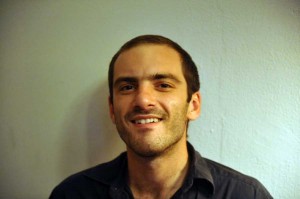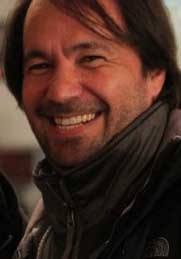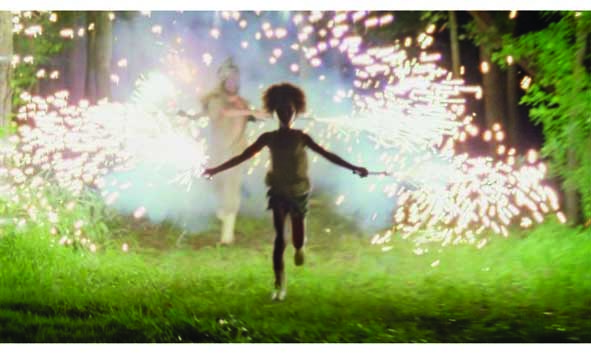
Crockett Doob started editing Beasts of the Southern Wild from a house on the Bayou three miles from the production’s headquarters. Born in Brooklyn, he grew up making movies with director Behn Zeitlin from the time that they were six.
Shot on 16 mm film, the dailies for picture were processed at Cine Alpha in Seattle and sent back on a drive to Doob. Zeitlin shot a lot of takes, which was good for the film since it had been cast with non-actors. Doob wanted the footage to dictate the cut. “I would try not to think too much, just watch the footage and notice what I was noticing – where my eyes went to, what I was noticing about the performance,” said Doob. “I would watch the footage a second time and take more notes. Then I would do a rough cut of the scene.”

Because it was the director’s first feature, which he was rewriting during shooting, Zaitlin was too busy to watch dailies and give Doob notes, so the editor relied on script supervisor Gordon Bell‘s reports to give him insight on Zeitlin’s preferences. Focusing on the performances, Doob completed an assembly of the film, which included multiple storylines that followed the ensemble of characters who made the ramshackle Bayou community their home,
Referred by the Sundance Lab, Affonso Gonçalves began editing when Zeitlin moved post to New York and needed an editor in the city to polish the film. He picked up where Doob left off. Zeitlin gave Gonçalves a month to become familiar with the footage before they started working together. “The first pass is where I learn the footage,” explained Gonçalves. “Ben was great. He works the way I like to work. The performance is key.”
The editor found the film to be innately musical, with loud scenes like the storm versus the quiet of the flood. He also felt that because the director was a musician, the film had a rhythm, “While we were doing the film, Ben had a little keyboard and he would write and sketch the themes and music.” The director also co-composed the film. “That is why the score feels so integral to the editing and storytelling,” Gonçalves explained.

Gonçalves clarified the story paring it down to concentrate on the relationship between six-year-old Hushpuppy (Quvenzhané Wallis) and her father Wink (Dwight Henry). “Once that was together, the story began to work,” said Gonçalves. “We worked so carefully, very attuned with the details.” Creating the prologue and the world where these distinctive characters lived was not so much a challenge as it was an important part of the script that needed to be established in the first ten minutes.
Although he was sad that many of the wonderful performances by the ensemble were cut from the film, Doob agrees with the evolution of the story through the course of the editing. “It was a way to center the story to have Hushpuppy truly be the narrator,” said Doob. “It not only simplified it, but gave some truth to the story.”





